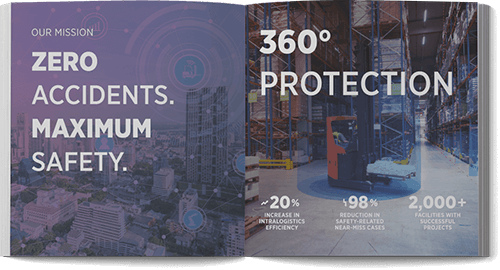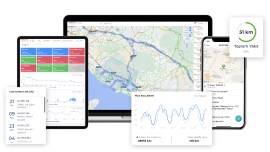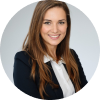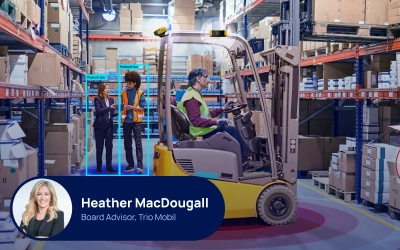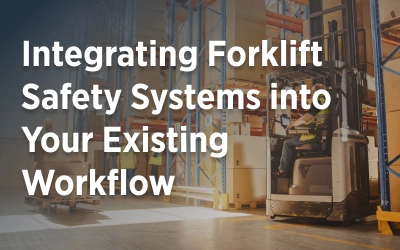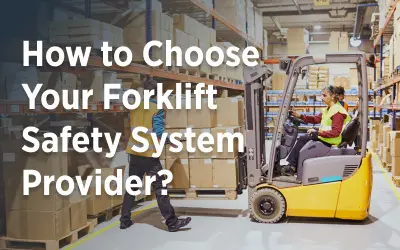IoT Solutions: Cloud or On-Prem?
According to Gartner, (1) cloud platform services grew at a very high rate of 31.3% in 2018.
A good number of software are now developed on platforms such as AWS, Microsoft Azure,
and Google Cloud. In accordance, the trend in IoT solutions is mainly toward cloud-based
platforms. In this article, we will evaluate the pros and cons of both approaches in IoT
solutions. Before IoT and Big Data period, retail enterprises was more prone to cloud
solutions because of their dispersed structure, while industrial enterprises preferred self-
enclosed on-prem solutions. While such an approach before IoT and big data, is suitable for
processes such as installing and managing the software, backing up, etc., as of today
considering IoT solutions, it brings technical difficulties with the huge amount of data
produced by the devices. (2) According to IDC's 2019 report, the amount of data produced by
IoT devices will reach 79.4 Zetabyte in 2025, and 60% of this data will be produced in
automotive and industrial IoT areas. The instant processing of this huge amount of data and
establishing reliable infrastructures to back up this data year over year, requires a much more
complex infrastructure than traditional systems. While a classic software can work smoothly
for years by integrating it into a SQL-based database, IoT platforms require SQL and NoSQL
databases with tens of servers.
Trying to establish and manage this type of system locally, will create the following
necessities:
- High Capex investment for an infrastructure consisting of dozens of servers.
- A long period of time to set up the systems
- Installation of monitoring systems for instant monitoring of system performance.
- A technical team that will provide maintenance service such as update, backup etc. for
the systems installed locally
- IoT platform local licenses
In addition to all these difficulties, the fact that both the system and the devices working on it
would not be accessed externally brings major complications to all processes varying from
simple operational operations such as device or system related device identification, to L1,
L2, L3 support.
A closed-looped system, which is accessed only from computers within the facility, does not
seem appropriate for such a mobility era, which requires access to information from mobile
devices anywhere and anytime. Regardless of the investment, missing many opportunities that
come along with cloud computing, is among the inevitable disadvantages.
Since the solution providers will not be able to access the system externally, it will be very
difficult to gain the desired efficiency and benefit from a closed-looped on-prem IoT system
which is established with a high initial investment, in terms of both time and money.
For all these reasons, we strongly recommend that cloud-based IoT solutions should be
preferred considering; project success, cost and implementation period
https://futureiot.tech/idc-forecasts-connected-iot-devices-to-generate-79-4zb-of-data-in-2025/
https://www.gartner.com/en/newsroom/press-releases/2019-07-29-gartner-says-worldwide-iaas-public-cloud-services-market-grew-31point3-percent-in-2018
